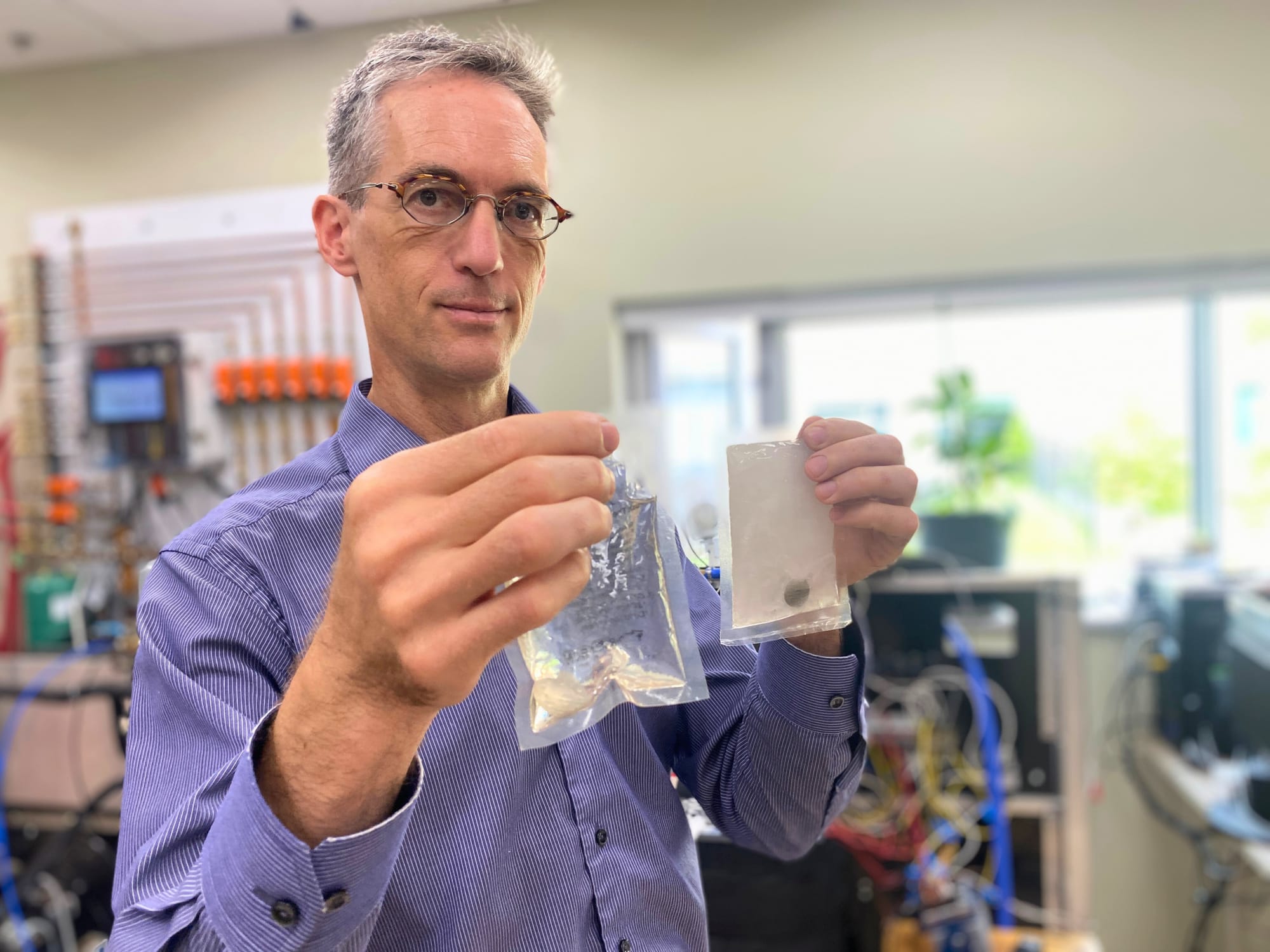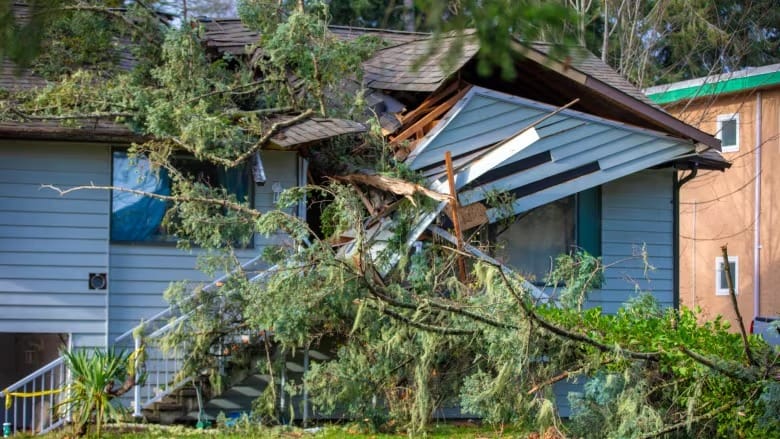Storage is the next frontier for clean energy
Coal’s main advantage is its ability to generate power on demand. While renewable energy sources like wind and solar are cleaner, cheaper, and more efficient, their output depends on weather conditions and time of day.

Imagine your backpack featuring a tiny, collapsible wind turbine that charges your phone while you hike. Or envision mushrooms grown and dried into the shape of houses, providing sustainable shelters without cutting down trees.
What if we could harness geothermal energy from pools of water at the bottom of abandoned mine shafts?
These are just a few of the innovative ideas emerging from the Applied Energy Research Lab at the Nova Scotia Community College (NSCC), where researchers and students are tackling the climate crisis.
Governments and businesses bring their concepts and funding to the lab, which then conducts experiments, runs the numbers, or builds prototypes, all in an effort to advance technologies that reduce carbon emissions in the province.
“When the push to make our electrical grid renewable started (between 2009 and 2011), it was about 80 percent coal,” said Wayne Groszko, a research scientist with the Applied Energy Research Lab. “We’re probably around 40 percent coal today, which tells you there’s been a lot of progress. But the hardest part has yet to be done.”
Coal’s main advantage is its ability to generate power on demand. While renewable energy sources like wind and solar are cleaner, cheaper, and more efficient, their output depends on weather conditions and time of day.
The challenge is not in installing enough wind and solar to replace coal but in storing surplus renewable energy during periods of overproduction and utilizing it during periods of underproduction.
In Nova Scotia, Groszko noted, existing wind turbines can already generate more power than the grid can use at certain times.
“It’s not that there’s a scarcity of renewable energy anymore,” said Groszko. “It’s that there’s a surplus at certain times.”
Solving the problem of energy storage and deployment is key to integrating more renewables into the grid. Several technologies being explored at the Applied Energy Research Lab address this issue, and one of the most promising might be your water heater.
With the addition of a controller, a simple household water heater could be switched on and off by Nova Scotia Power, allowing the utility to store excess renewable energy as hot water when it’s being generated.
Most tanks hold between 40 and 60 gallons, so customers wouldn’t notice the difference.
“One water heater is insignificant,” said Groszko, “but there are easily 160,000 in Nova Scotia.”
He envisions a program where the provincial government upgrades existing water heaters with controllers, participating customers receive a credit on their electricity bills, and Nova Scotia Power gains a storage solution for excess power, which can be used later as needed.
This concept is part of what’s known as a “smart grid,” and water heaters are just the beginning. Two companies — Neothermal Energy in Nova Scotia and Stash Energy in New Brunswick — are enhancing heat pumps with sodium acetate trihydrate, a material used in hand warmers.
This allows heat pumps to store several hours' worth of space heating, making them another potential reservoir for excess renewable energy.
Electric vehicles (EVs) also play a role. Each EV has a lithium-ion battery capable of storing 60 to 90 kilowatt-hours of energy, enough to power a house for three days with some rationing.
The Applied Energy Research Lab is experimenting with “bidirectional” EV chargers, which allow power to flow both ways — from the grid to the EV and back from the EV to the grid.
This technology could turn all EVs, whether cars, trucks, school buses, or lobster boats, into a province-wide renewable energy storage system.
“These technologies certainly work,” says Groszko. “And they’re practical now, at least some of them. But it’s actually really hard to beat a very old solution to this problem, and that’s pumped hydro.”
Pumped hydro works like a hydroelectric dam in reverse: excess power is used to pump water from a lower reservoir to an upper one. When the grid needs power, water is released back downhill to generate electricity. These facilities, which date back to the late 1800s, can store power on a large scale and last for centuries.
“A network of mid-sized pumped hydro facilities could probably meet all our storage needs in Nova Scotia,” says Groszko, who identifies the Cape Breton Highlands and Cobequid Mountains as potential sites, provided there’s a thorough regulatory framework, environmental assessment process, and public “social license.”
“Wind and solar are on their way now,” he says. “The question is no longer how we’re going to affordably make enough wind and solar power. That’s happening.
The question is, how are we going to use it all? I think Nova Scotia’s up for this.”
The Climate Story Network is an initiative of Climate Focus, a non-profit organization dedicated to covering stories about community-driven climate solutions.





